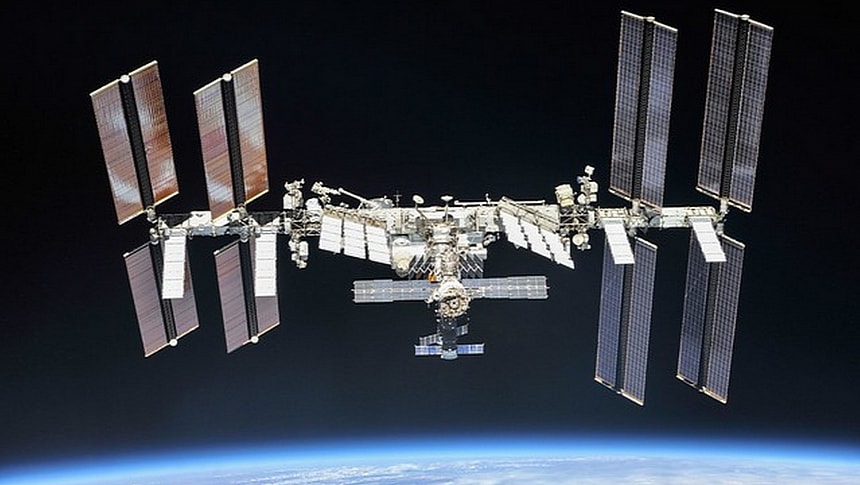Though fans of its construction may lament the fact, it can't be argued that the International Space Station's days are very numbered indeed. But that doesn't mean NASA and its international partners are just going to let their prized station languish in orbit, destined to fall back to Earth wherever the laws of physics dictate it should land. NASA needs to be a bit more strategic to avoid bits of space station falling down on the public in some mass casualty incident.
To this effect, Elon Musk's SpaceX will get the call to bring the ISS back home safely. Well, safely for all of us, not the station itself. With a lucrative $843 million cash injection for the sole purpose of taking ISS out of orbit, SpaceX has ample financial footing to construct the necessary hardware and flight equipment needed for one of the most ambitious space missions of the 21st century without an Artemis label attached to it. To slow the velocity of the ISS down to levels that could bring it into the Earth's atmosphere, NASA and SpaceX will work with other key members of the operation, like JAXA and Roscosmos, to meticulously plan the de-orbiting procedure down to the second.
Though the exact nature of SpaceX's de-orbit vehicle remains to be finalized, the vehicle will need to rendezvous with ISS in low-Earth orbit, presumably fire its thrusters in the opposite direction of the station's path of travel, in an attempt to slow its velocity to the point its re-entry is all but assured. The real challenge within it all will be calculating when and where the ISS will kiss the fringe of Earth's upper atmosphere without ensuring its metal structure doesn't break up over a portion of the planet even remotely inhabited. Such concerns were also prevalent in Space Stations of the past, like the Russian Mir station and the American Skylab. Both of whom ultimately de-orbited without incident in 1979 and 2001 respectively.
Another challenge is the sheer size and mass of the International Space Station. With a length touching football field territory and a zero-G mass touching one million pounds, the station's onboard thrusters would likely be wholly insufficient to de-orbit the craft in a manner that prioritizes human safety. How SpaceX plans to construct a vehicle, most likely Dragon-based, that meets the demands of de-orbiting ISS could set a precedent for how large-scale space stations are decommissioned and de-orbited for decades to come. For now, ISS has at least a few good years of life left in it. However, with its decommissioning expected sometime at the end of 2030, its twilight years are very much upon it. When the time comes, it's SpaceX who will answer the call.
Though the exact nature of SpaceX's de-orbit vehicle remains to be finalized, the vehicle will need to rendezvous with ISS in low-Earth orbit, presumably fire its thrusters in the opposite direction of the station's path of travel, in an attempt to slow its velocity to the point its re-entry is all but assured. The real challenge within it all will be calculating when and where the ISS will kiss the fringe of Earth's upper atmosphere without ensuring its metal structure doesn't break up over a portion of the planet even remotely inhabited. Such concerns were also prevalent in Space Stations of the past, like the Russian Mir station and the American Skylab. Both of whom ultimately de-orbited without incident in 1979 and 2001 respectively.
Another challenge is the sheer size and mass of the International Space Station. With a length touching football field territory and a zero-G mass touching one million pounds, the station's onboard thrusters would likely be wholly insufficient to de-orbit the craft in a manner that prioritizes human safety. How SpaceX plans to construct a vehicle, most likely Dragon-based, that meets the demands of de-orbiting ISS could set a precedent for how large-scale space stations are decommissioned and de-orbited for decades to come. For now, ISS has at least a few good years of life left in it. However, with its decommissioning expected sometime at the end of 2030, its twilight years are very much upon it. When the time comes, it's SpaceX who will answer the call.



















